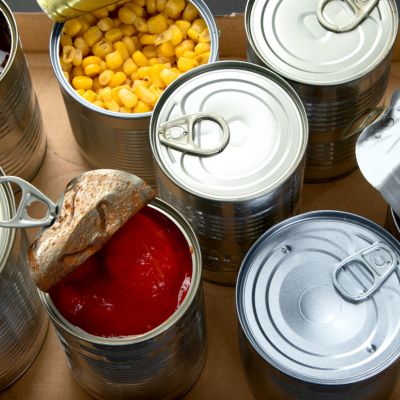
From Flame to Fork: How Heat Transforms Raw Ingredients into Delectable Dishes
Introduction:
Cooking, the transformative process of applying heat to raw ingredients, is an ancient art form that has evolved alongside human civilization. From the crackling flames of a campfire to the precision of modern kitchen appliances, heat plays a central role in unlocking the flavors, textures, and aromas that tantalize our taste buds. In this blog, we’ll embark on a culinary journey to explore how heat transforms raw ingredients into delectable dishes, from the moment they meet the flame to the satisfying moment they reach our forks.
1. The Magic of Heat:
Heat is more than just a source of energy—it’s a catalyst for chemical reactions that fundamentally alter the properties of food. When applied to raw ingredients, heat triggers a cascade of transformations, unlocking flavors, tenderizing textures, and enhancing nutritional profiles.
2. The Art of Cooking Methods:
There are numerous cooking methods, each harnessing heat in unique ways to achieve specific culinary outcomes:
- Grilling: Direct exposure to open flames or hot coals imparts a smoky flavor and charred exterior to meats, vegetables, and seafood.
- Roasting: Surrounding food with dry heat in an oven results in caramelization, browning, and a tender, juicy interior.
- Boiling and Steaming: Submerging food in hot water or steam cooks it gently, preserving nutrients and imparting subtle flavors.
- Sauteing and Stir-Frying: Quick cooking over high heat in a small amount of oil creates a flavorful sear and retains the natural crunch of vegetables.
- Baking: The even heat distribution of an oven produces golden crusts, fluffy interiors, and irresistible aromas in baked goods.
3. Flavors Unleashed:
Heat unlocks the complex flavors locked within raw ingredients, transforming mundane elements into culinary masterpieces. Maillard reactions, caramelization, and reduction are just a few of the chemical processes that occur when food meets heat, resulting in savory umami notes, sweet caramelized sugars, and aromatic compounds that titillate the senses.
4. Texture Transformation:
Beyond flavor, heat alters the texture of food, turning tough cuts of meat into tender morsels and crunchy vegetables into succulent delights. Whether through slow braising, rapid searing, or gentle poaching, heat breaks down proteins, softens fibers, and creates the desired mouthfeel that distinguishes a well-prepared dish.
5. Nutritional Enhancement:
Contrary to popular belief, heat can enhance the nutritional profile of certain foods by making nutrients more bioavailable. Cooking can break down tough plant cell walls, releasing essential vitamins, minerals, and antioxidants for easier absorption by the body. Additionally, heat destroys harmful pathogens, making food safer to consume.
6. Cultural Significance:
Cooking with heat is deeply intertwined with cultural traditions and culinary heritage. From the fiery woks of Chinese stir-fries to the slow-cooked stews of European cuisines, each culture has developed unique cooking methods and flavor profiles shaped by geography, climate, and local ingredients.
7. The Evolution of Cooking Technology:
As human civilization has advanced, so too have our methods of harnessing heat for cooking. From ancient hearths and clay ovens to modern gas ranges and induction cooktops, innovations in cooking technology have revolutionized the way we prepare and enjoy food, making culinary mastery accessible to home cooks and professional chefs alike.
8. Cooking with Intuition:
While recipes provide guidance, true mastery of cooking comes from intuition—the ability to understand how heat interacts with ingredients and adjust cooking techniques accordingly. Seasoned cooks can gauge doneness by touch, smell, and sight, knowing precisely when a dish has reached perfection.
9. The Joy of Sharing:
Cooking with heat is not just about nourishment—it’s a communal experience that brings people together around the hearth or kitchen table. Whether gathered with family and friends for a celebratory meal or sharing recipes and culinary tips online, the joy of cooking is amplified when shared with others.
10. Conclusion:
From flame to fork, the journey of food through the transformative power of heat is a testament to human ingenuity, creativity, and cultural richness. As we savor the flavors, textures, and aromas of a well-prepared dish, let us appreciate the ancient alchemy that occurs when raw ingredients meet the magic of heat, turning humble beginnings into unforgettable culinary experiences. So, the next time you step into the kitchen or gather around the grill, embrace the transformative power of heat and embark on your own culinary adventure—from flame to fork.
